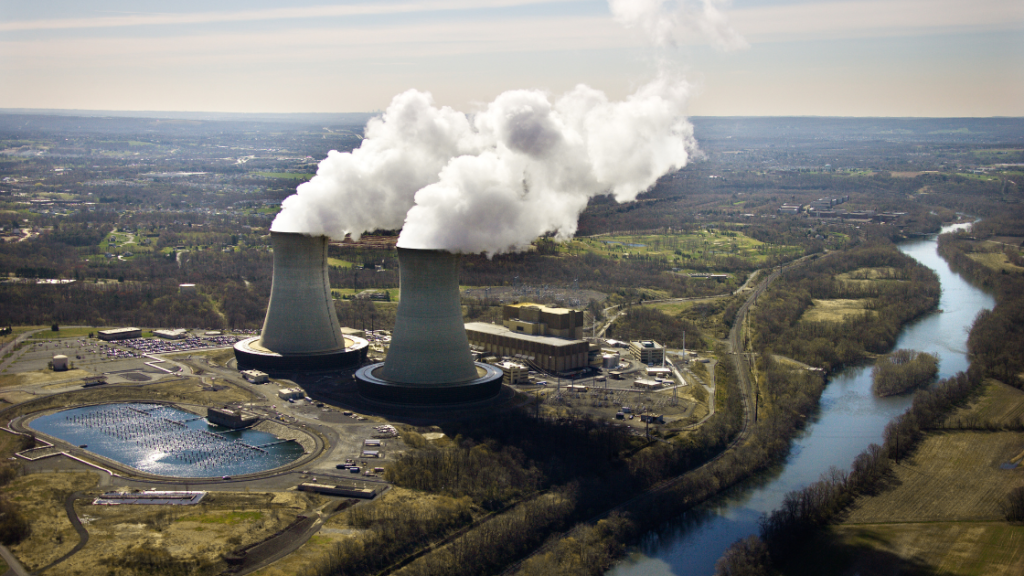As businesses globally strive to combat climate change, understanding the various types of greenhouse gas (GHG) emissions they produce is crucial. To effectively manage their carbon footprints, emissions are categorized into three groups: Scope 1, Scope 2, and Scope 3. In this guide, we’ll break down each type, the related challenges, and how businesses can address them.
What Are Scope 1 Emissions?

Scope 1 emissions refer to the direct greenhouse gasses emitted from sources that a company owns or controls. These are emissions generated directly from the company’s operations. Examples include:
- Emissions from company vehicles (trucks, cars).
- Gasses from machinery used in manufacturing.
- Pollutants from burning fuels in boilers or furnaces.
Challenges:
- Tracking and Reporting: Monitoring these emissions can be complex, especially for large facilities.
- Old Technology: Older equipment might not be efficient or easy to upgrade.
Solutions:
- Enhanced Monitoring: Invest in advanced systems for accurate emissions tracking.
- Upgrade Equipment: Invest in newer, cleaner technologies to cut emissions.
How does your company manage direct emissions? Share your strategies in the comments!
What Are Scope 2 Emissions?

Scope 2 emissions are indirect emissions resulting from the energy a company purchases, such as electricity or steam. Although these emissions occur at the energy provider’s facility, they are attributed to the company that uses the energy. For instance, If your company buys electricity from a coal-powered plant, the emissions from burning coal are considered Scope 2 emissions for your company.
Challenges:
- Energy Source: Reducing Scope 2 emissions is difficult if your energy comes from non-renewable sources.
- Cost: Transitioning to renewable energy can involve significant upfront costs.
Solutions:
- Go Renewable: Purchase energy from renewable sources or invest in your own renewable energy systems.
- Save Energy: Implement measures to reduce overall energy consumption.
What steps have you taken to transition to renewable energy? We’d love to hear about your experiences.
What Are Scope 3 Emissions?

Scope 3 emissions are the most complex, covering all other indirect emissions not directly owned by the company. These include:
- Emissions from suppliers.
- The carbon footprint of transporting products.
- Emissions from business travel.
- Waste disposal and the use of sold products.
Challenges:
- Data Collection: Collecting accurate data from the entire value chain can be challenging.
- Supplier Engagement: Collaborating with suppliers to improve their environmental practices can be difficult.
Solutions:
- Work with Suppliers: Partner with suppliers to enhance their sustainability efforts.
- Life Cycle Assessment: Evaluate the entire life cycle of products to address emissions at every stage.
- Optimize Logistics: Improve transportation and distribution to reduce emissions.
What are some of the biggest challenges you face in managing Scope 3 emissions? Share your insights below!
Why Is Measuring All Three Scopes Important?
Measuring Scope 1, Scope 2, and Scope 3 emissions provides a comprehensive view of a company’s carbon footprint. Here’s why it’s essential to account for all three:
- Complete Picture: Addressing only one or two scopes gives an incomplete view of total emissions. Measuring all three scopes provides a full picture, helping identify areas for improvement.
- Effective Reduction: Strategies are more effective when the full extent of the footprint is understood. For example, improving energy efficiency (Scope 2) can also reduce emissions across the supply chain (Scope 3).
- Regulatory Compliance: Comprehensive reporting of all emissions scopes is often required by regulations and standards, helping avoid penalties and meet legal obligations.
- Stakeholder Trust: Transparent reporting of all emissions scopes builds trust with customers, investors, and regulators, demonstrating a commitment to sustainability and responsible management.
Understanding and measuring Scope 1, Scope 2, and Scope 3 emissions is vital for any organization aiming to reduce its carbon footprint and positively impact the environment. By addressing the different sources of emissions, companies can develop more effective strategies to lower their overall greenhouse gas output. This approach supports regulatory compliance, enhances transparency, and builds trust with stakeholders, paving the way for meaningful progress toward a more sustainable future.
Are you ready to take the next step in your sustainability journey? Contact us today at contact@prozerocarbon.com or 981126365 to learn how we can help your business reduce its carbon footprint and achieve its ESG goals. Let’s work together to make a meaningful impact on the environment!
